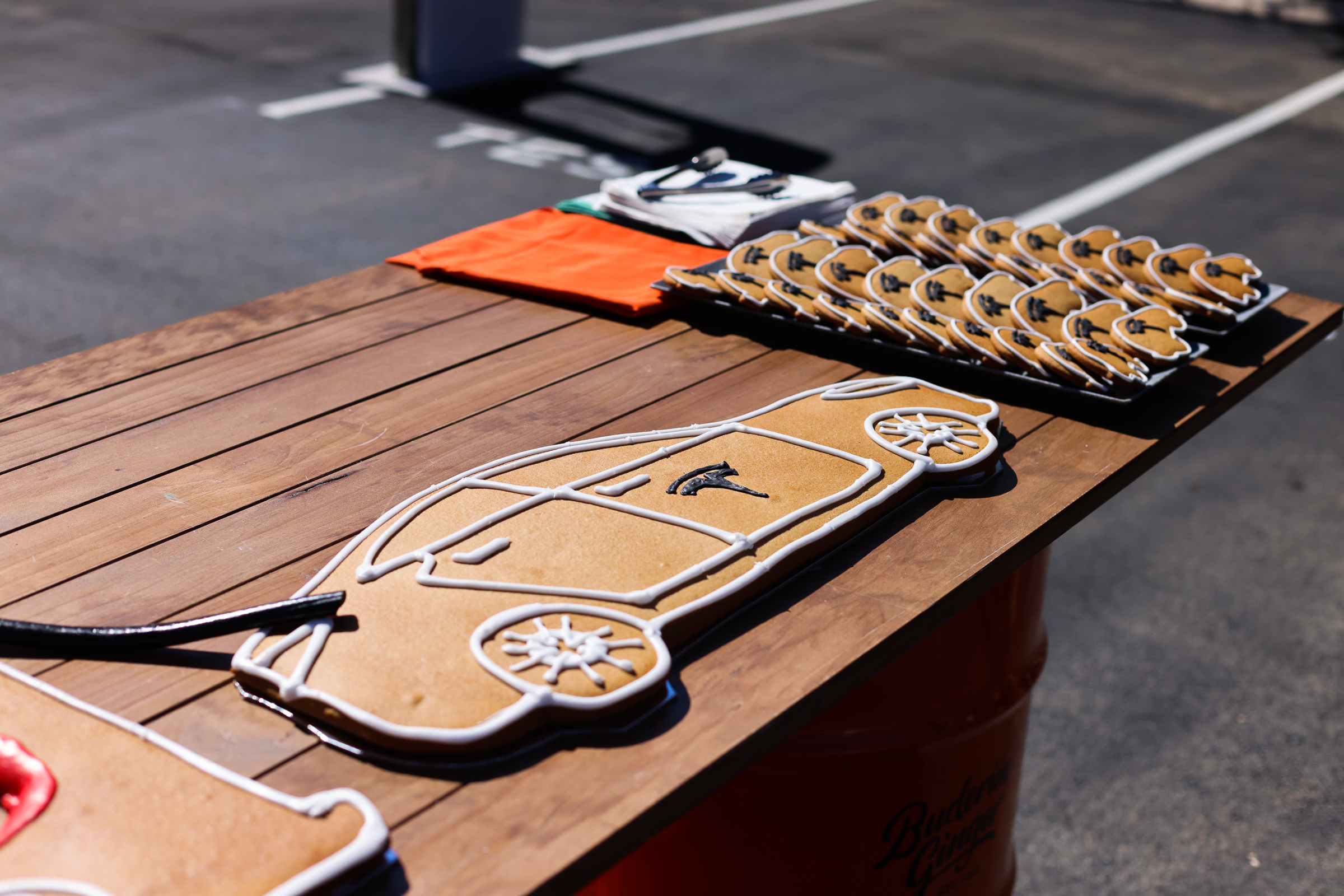
Guided by fear of the unknown, the news about a ship ablaze is that the BEV aboard is the cause or likely cause. And only better news sources are not convinced that the BEV must be the cause.
Just beyond the Dutch coasts, in the shipping lane north of the country, a big ship with over 2,800 cars is ablaze. The ship was on its way from Germany to Singapore, going through the Suez Canal. It is not uncommon that ships catch fire. A few hundred ships worldwide are encountering that situation each year. A dozen of them each year are ships transporting cars!
There is a suspicion that transporting electric cars is riskier than transporting ICE vehicles, mainly because battery fires are much harder to control than gasoline fires. Originally, it was reported that about 25 of the 2,800 cars were BEVs. And that the battery of one of those must be the culprit because … batteries are scary. But we do not know what is the cause of the fire. It could have been lightning, for all we know. Or anything else that can set a ship ablaze.
If it was a car, the risk of a car catching fire spontaneously is 10 times more likely with fossil fuel vehicles than battery electric vehicles. With less than 1% of the cars being electric, statistically, the chance that a BEV was the source of the disaster was less than 0.1%. But all the news agencies and the coastguard pointed to the BEV.
Update: Now it’s been revealed that more cars were onboard and a larger contingent of them were BEVs. The Fremantle Highway had 3,285 ICE vehicles onboard and 498 battery electric vehicles. That makes the chance that it was a BEV that caused the fire a whopping 1.3%. That is, unless the cause was not the spontaneous combustion of one of the vehicles in the cargo, something most likely.
A big fire goes on the front page. When it bleeds, it leads — that’s still the most important guideline to sell the news. For 4 days, we have been bombarded with how scary BEVs are. Setting a big ship ablaze and destroying thousands of valuable cars? When the investigation into this fire is publicized in a few weeks or months, if the fire was indeed not caused by an EV, what caused the fire will be a three-line news item on page 14 if not ignored completely.
I understand the urge at news organizations to publish the FUD that gets the most eyes or clicks. But the authorities should be more careful with a new technology that the public must learn to trust because it will be the future standard for all transport on land.
Featured image courtesy of Netherlands Coast Guard.
I don’t like paywalls. You don’t like paywalls. Who likes paywalls? Here at CleanTechnica, we implemented a limited paywall for a while, but it always felt wrong — and it was always tough to decide what we should put behind there. In theory, your most exclusive and best content goes behind a paywall. But then fewer people read it! We just don’t like paywalls, and so we’ve decided to ditch ours. Unfortunately, the media business is still a tough, cut-throat business with tiny margins. It’s a never-ending Olympic challenge to stay above water or even perhaps — gasp — grow. So …




